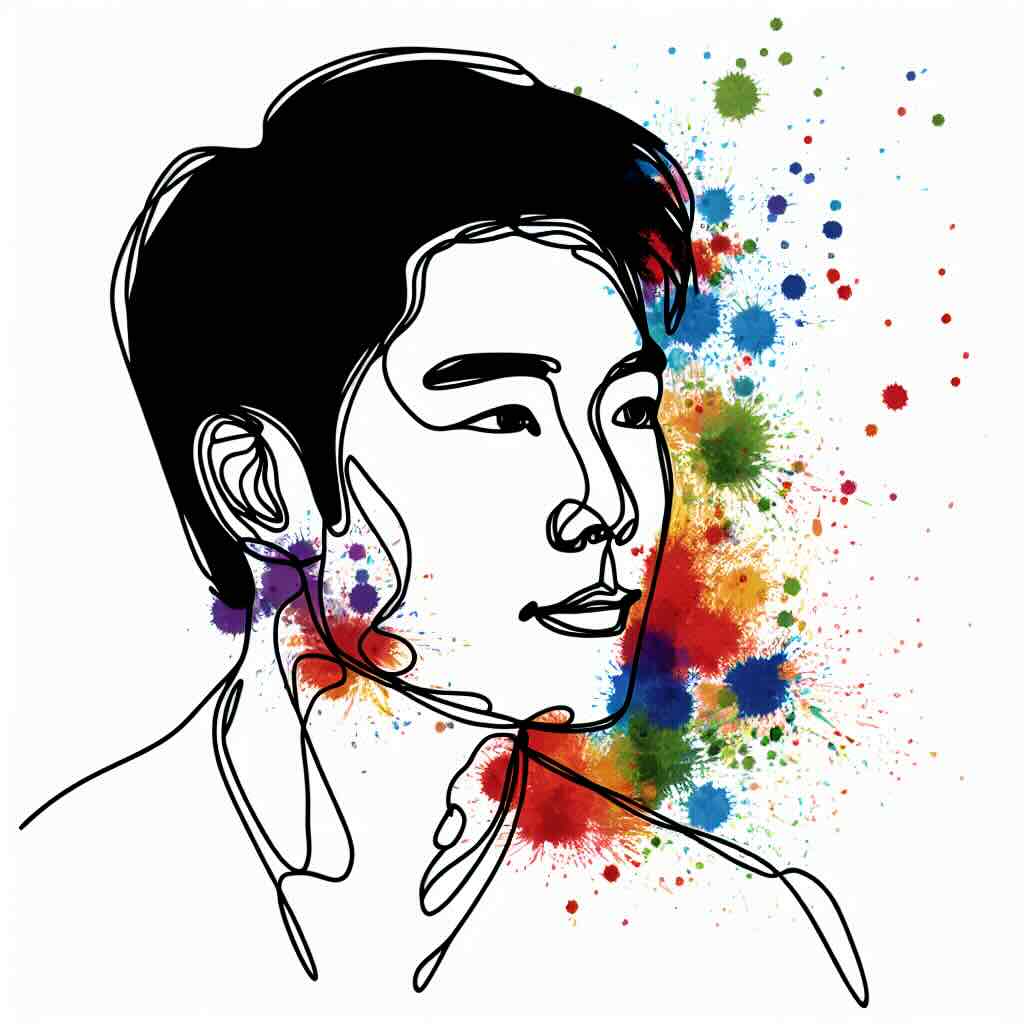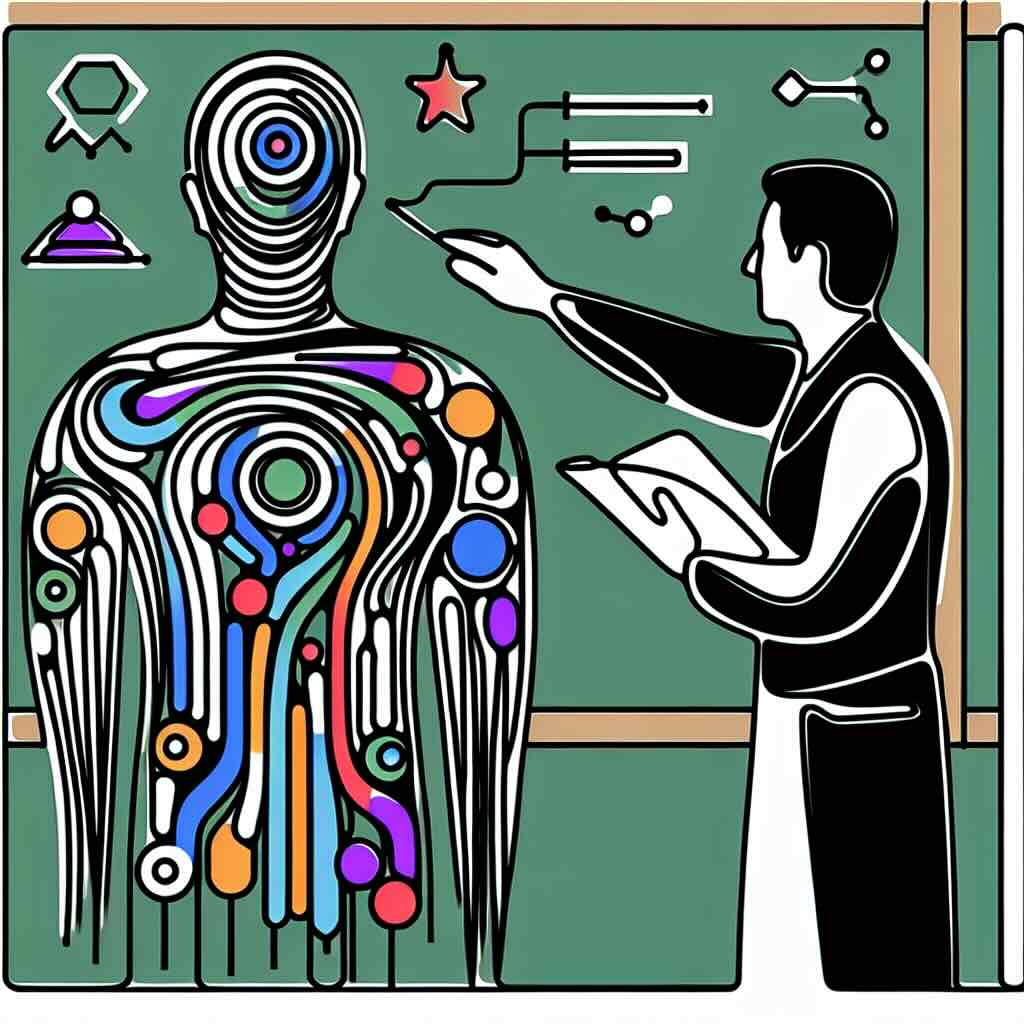Teams collaborating to create their SMART goals for professional development plans (PDPs)
Creating a Professional Development Plan (PDP) for Instructional Design teams is essential for fostering continuous improvement, innovation, and staying updated with educational technologies. This blog post walks you through the steps to develop an effective PDP, understand its benefits, and recognise potential risks, all aimed at empowering new instructional designers and team leads.
Table of Contents
1. Introduction to professional development plans
2. Assessing team skills and needs
3. Setting SMART goals
4. Implementing the development plan
5. Evaluating and Iterating the Plan
6. Benefits of having. a plan
7. Risks of not having a plan
8. One thing to try today
9. Conclusion
10. Try it yourself
11. Related topics
Introduction to Professional Development Plans
A Professional Development Plan (PDP) serves as a roadmap for instructional design teams, guiding their growth and development in a structured way. By having a well-defined PDP, teams can systematically enhance their skills, stay ahead of evolving educational technologies, and improve overall the quality of their instructional design projects. This plan typically includes an assessment of current skills, setting clear objectives, and outlining actions to achieve these goals. A PDP is not a one-size-fits-all solution but rather a tailored approach created in a consultative manor and takes into account the specific needs and aspirations of each team member.
Assessing team skills and needs
Before crafting a PDP, it's crucial to conduct a comprehensive assessment of your team’s existing skills and identify gaps. This can be achieved through surveys, self-assessments, performance reviews, and feedback sessions. These methods help gather insights into areas where the team excels and where there is room for improvement. Additionally, understanding industry trends and emerging technologies in instructional design will ensure that your PDP aligns with the latest practices. By thoroughly assessing skills and needs, you can create a plan that addresses both individual and collective growth.
Setting SMART goals
Once you have a clear understanding of your team’s current skill set and needs, it’s time to set goals. Ensure these are SMART - Specific, Measurable, Achievable, Relevant, and Time-bound. Instead of a vague objective like “improve design skills,” a SMART goal would be “enhance proficiency in using e-learning authoring tools by completing a certified course within the next six months.” Clearly defined goals provide direction, motivate team members, and allow for objective evaluation of progress. Moreover, it’s essential to involve the team in goal-setting to ensure buy-in and commitment.
Implementing the development plan
Putting the PDP into action requires a detailed implementation strategy. This includes scheduling regular training sessions, workshops, and access to online courses. Encouraging peer-to-peer learning through mentorship programs can also be effective. Use project management tools to track progress and ensure everyone remains on schedule. Regular check-ins and updates will keep the momentum going and allow for swift adjustments if needed. Allocating time and resources for professional development during working hours demonstrates its importance and encourages team members to engage fully.
Evaluating and iterating the plan
After implementation, it’s vital to evaluate the efficacy of your PDP. Use metrics such as performance outcomes, skill assessments, and feedback to determine if the goals are being met. What’s working well? What needs tweaking? Remember, a PDP is a dynamic document that should evolve based on feedback and changing needs. Regular evaluations ensure the plan remains relevant and effective. Encourage team members to share their experiences and insights, fostering a culture of continuous improvement. By iterating the PDP, you ensure long-term development and adaptability.
Benefits
Developing a Professional Development Plan for instructional design teams ensures continuous growth and adaptability. It aligns team efforts with organisational goals, enhances individual skill sets, and keeps the team updated with the latest industry standards. This structured approach leads to higher quality instructional materials, increased team morale, and better overall performance. The PDP also fosters a culture of learning and innovation, essential for maintaining a competitive edge in the fast-evolving landscape of instructional design.
Risks
However, there are risks to consider. Without proper implementation, a PDP can become stagnant and ineffective. Overly ambitious goals might lead to burnout, while inadequate resources could hinder progress. Failing to regularly update the plan based on feedback and changing needs may result in misalignment with current trends. Moreover, if team members do not see value in the PDP, there might be resistance to participation.
One thing you can try today
Quick Exercise: Conduct a Skill Gap Analysis
1. List the essential skills needed for successful instructional design in your organization.
2. Have each team member rate their proficiency in these skills on a scale of 1-5.
3. Identify skills with the lowest average ratings and prioritize them in your PDP.
Conclusion
Creating a robust Professional Development Plan is a strategic move that empowers instructional design teams to thrive. By assessing skills, setting SMART goals, implementing effectively, and regularly evaluating progress, you set the foundation for continuous improvement and success.
Try it yourself
1. Conduct a skill gap analysis within your team.
2. Set SMART goals based on the findings.
3. Develop and implement a tailored Professional Development Plan.
Related topics
1. Strategies for Effective Team Collaboration
2. Incorporating Emerging Technologies in Instructional Design
3. Best Practices for Online Learning Development
4. Measuring the Impact of Training Programs
5. Building a Culture of Continuous Improvement







